We are no longer building saddle trees, but we have two videos about how Western saddles fit horses available on our westernsaddlefit.com website.
That's All Folks!!
Posted by RodandDenise on April 27, 2024
In looking back to get the website ready so it can stay for a long time, but is not easy to add to or change, I found a folder on my computer – Ideas For Blog Posts. In it are things I have written about, but a whole lot more that I haven’t. And part of me wants to dig in and finish them up. But we have moved on in life, and that won't happen now.
How Does Pressure Cause Tissue Damage - Part Two
Posted by RodandDenise on April 27, 2024
A long time ago, in a blog post far, far away, I talked about how pressure causes damage to horses. In that post, I only talked about how pressure impeded blood flow, leading to low oxygen levels, which, over time, damage tissue. But I left that post with the comment that there are other factors that contribute to damage. Here is a very short summary of some of what we know now, and since I did the research a long time ago in a place far, far away, there may very well be more information available now. But here’s something to get those of you interested started in your research.
Seats and Fit For the Rider
Posted by RodandDenise on April 15, 2024
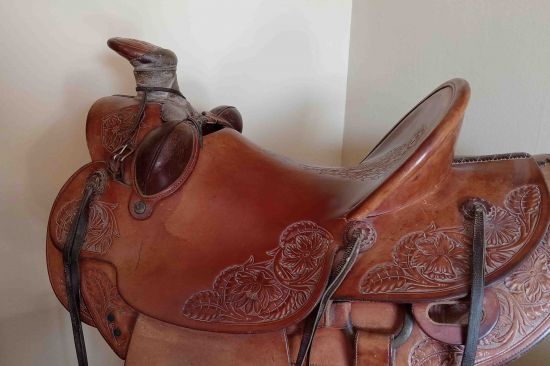
Talking today about the seat in a saddle and how it affects fit for the rider. Something to know is that with western saddles, the seat is not part of the tree. It is added on top of the tree by the saddle maker. Yes, a tree maker can make it easier or harder for a good saddle maker to build a good seat, but the feel and shape of the seat is the saddle maker’s job.
Rock - Seeing What You Are Feeling For
Posted by RodandDenise on April 14, 2024
We teach that to know how the shape of the bars matches the shape of the horse, you need to feel under the saddle with your hand. But what are you feeling for when it comes to rock? Rock, of course, is the curve of the bar from the front to the back, and it varies a lot between horses, and trees. So what does that feel like under the saddle, and what do you want it to feel like? Here are some pictures to show you what you are feeling for.
Blocking Skirts and Saddle Fit
Posted by RodandDenise on April 13, 2024
A part of saddle construction that is very important for good saddle fit, but that is often missed in more quickly made saddles (see what I did there?) is blocking the skirts. So what is it and why is it important?
Comparing bar spread and bar angle
Posted by RodandDenise on January 23, 2024
We are no longer building saddle trees, but we have two videos about how Western saddles fit horses available on our westernsaddlefit.com website.
Bar spread and bar angle are separate entities in a western saddle tree, but they are related. Just looking at a saddle, they look like they are doing the same thing – making the saddle sit high on the horse if too narrow and fall down in front if too wide. But the “fix” for both of them is quite different. So how can you tell which is affecting the fit of the saddle? You have to feel for it! So what are you feeling for?
Bar spread - seeing what you are feeling for
Posted by RodandDenise on January 23, 2024
We are no longer building saddle trees, but we have two videos about how Western saddles fit horses available on our westernsaddlefit.com website.
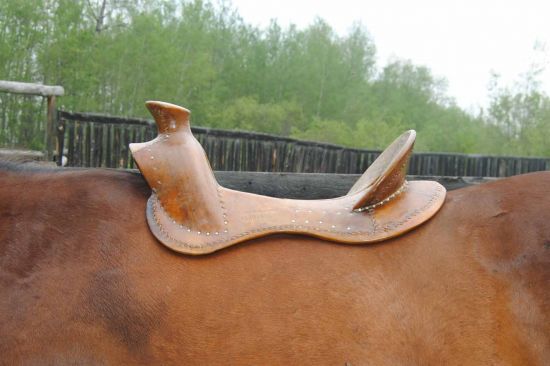
We looked at what you are feeling for when checking out bar angles. But what are you feeling for with bar spread difference? (Bar spread is the distance between the bars - how far they are set apart. This is determined by the hand hole measurement as the gullet width measurement is useless in practice .) From the side, this tree looks ok just sitting on the horse. But let’s take a look from the front. (Remember, you can’t see this in pictures or even in person on a finished saddle. You have to feel for it!! But these pictures are meant to help you know what you are feeling for.)
Effect of padding on rock
Posted by RodandDenise on January 23, 2024
We are no longer building saddle trees, but we have two videos about how Western saddles fit horses available on our westernsaddlefit.com website.
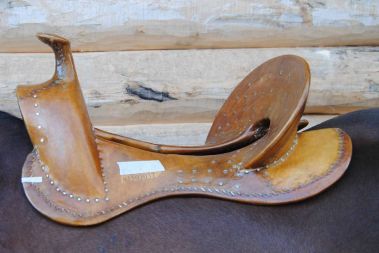 |
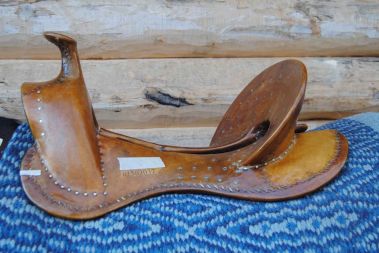 |
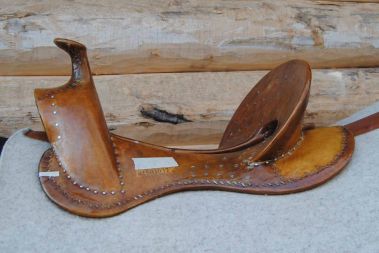 |
Continuing on looking at padding's effect on saddle fit, we will see that it also affects rock. These pictures aren't ideal since they weren't taken to present this idea, but they will give you an idea that what we are saying is true.
Effect of padding front to back
Posted by RodandDenise on January 14, 2024
We are no longer building saddle trees, but we have two videos about how Western saddles fit horses available on our westernsaddlefit.com website.
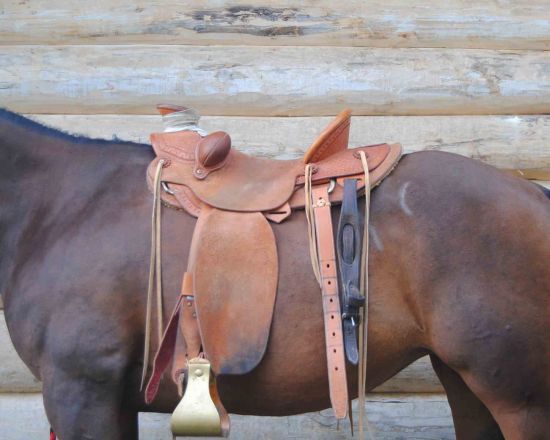
Continuing on with padding – obviously putting a pad under a tree/saddle lifts it further off the horse’s back. But does it do it evenly front to back, or not? And the answer is definitely not! Here are some pictures where we tried as hard as we could to keep everything the same as we took pictures with a saddle bare on the horse, with ½” folded wool blanket and then a 7/8” wool felt pad.
Effect of padding on clearance
Posted by RodandDenise on January 11, 2024
We are no longer building saddle trees, but we have two videos about how Western saddles fit horses available on our westernsaddlefit.com website.
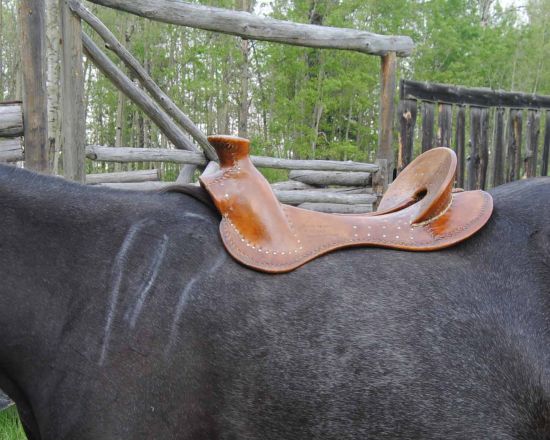
We show a lot of pictures with bare trees on horses, and we recommend that people initially feel under their saddles without padding in order to check for high pressure areas. So what changes when you add padding?
